GARDENING IN HARMONY WITH NATURE IN THE NORTHEAST
Canopy Trees
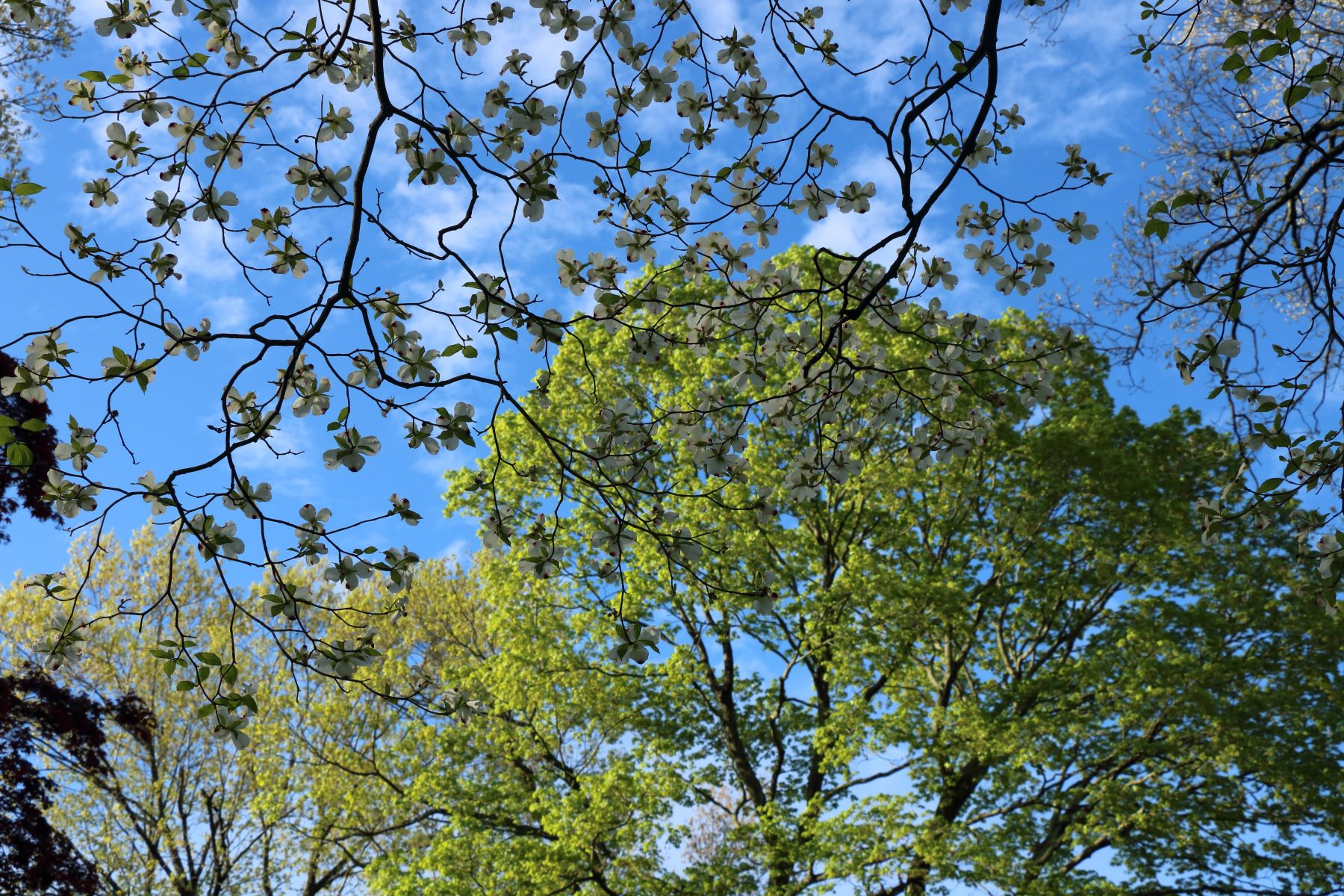
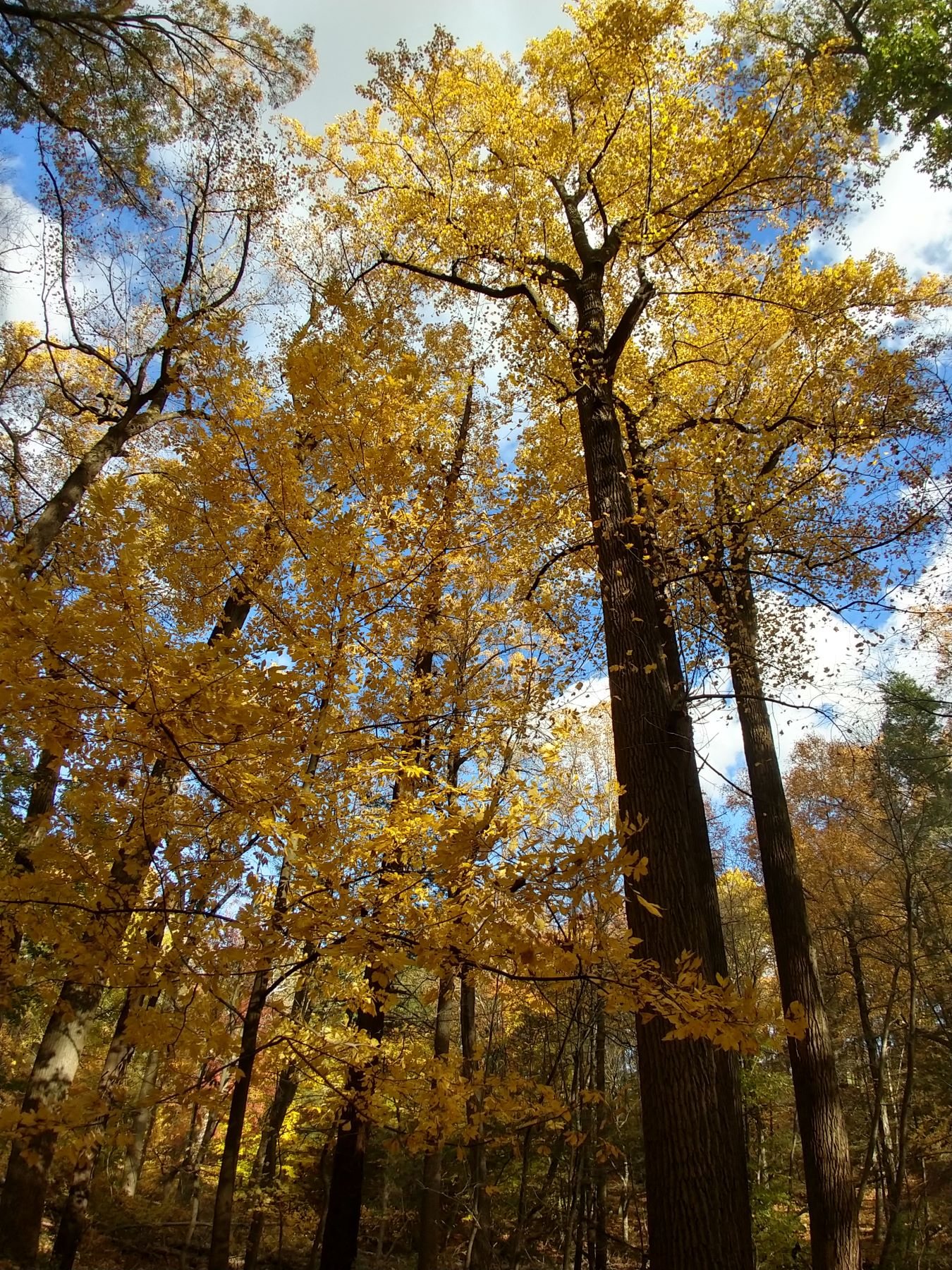
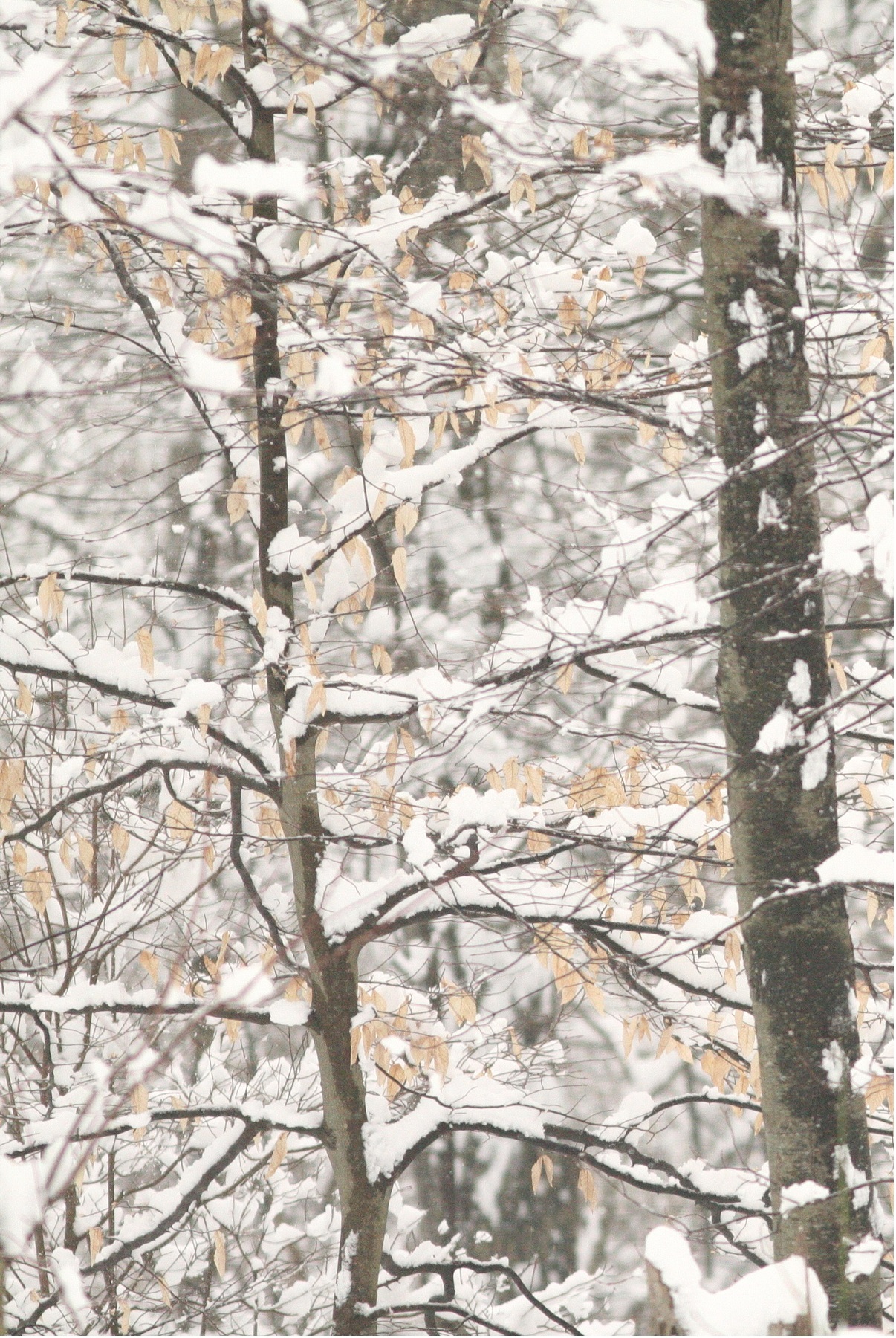
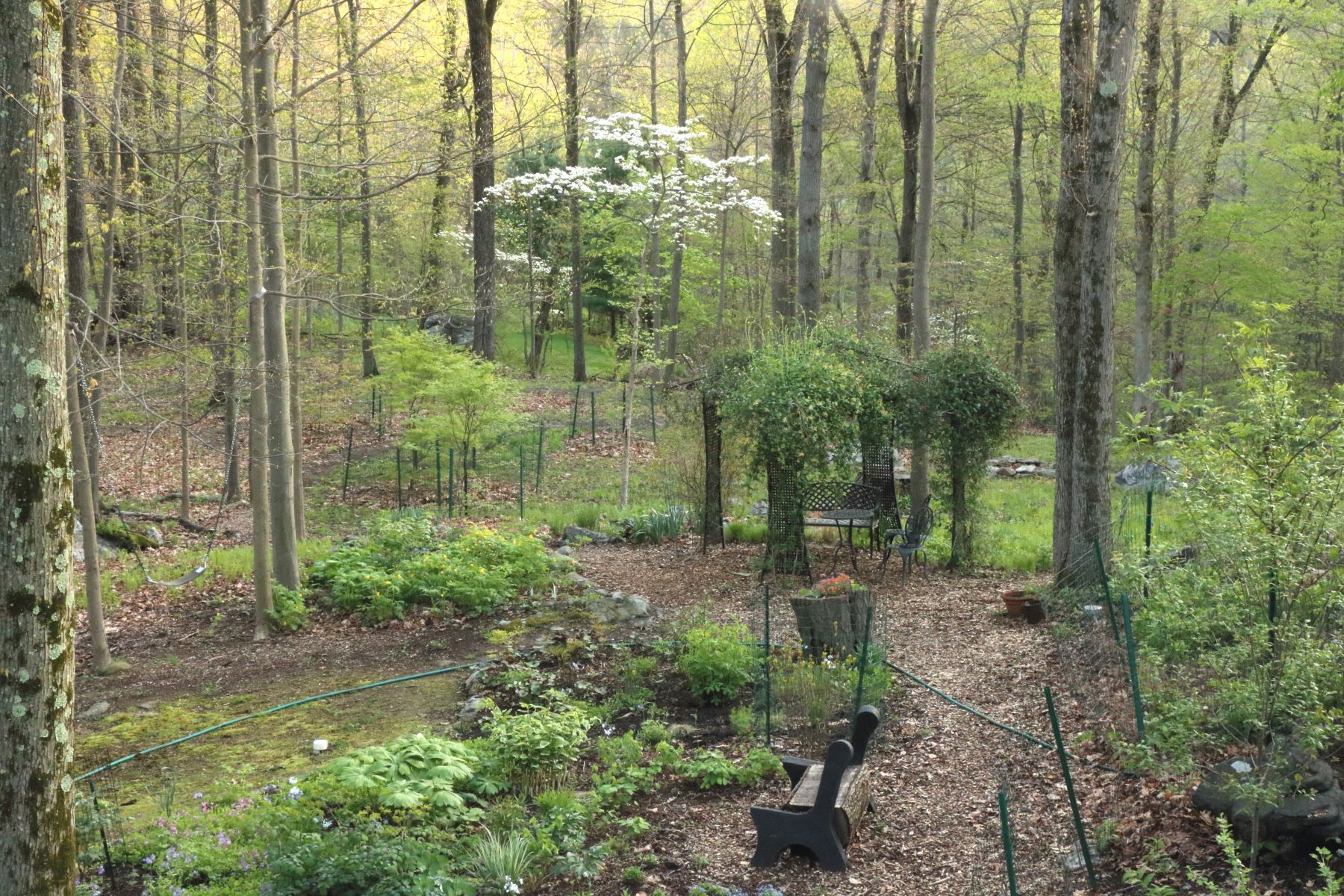
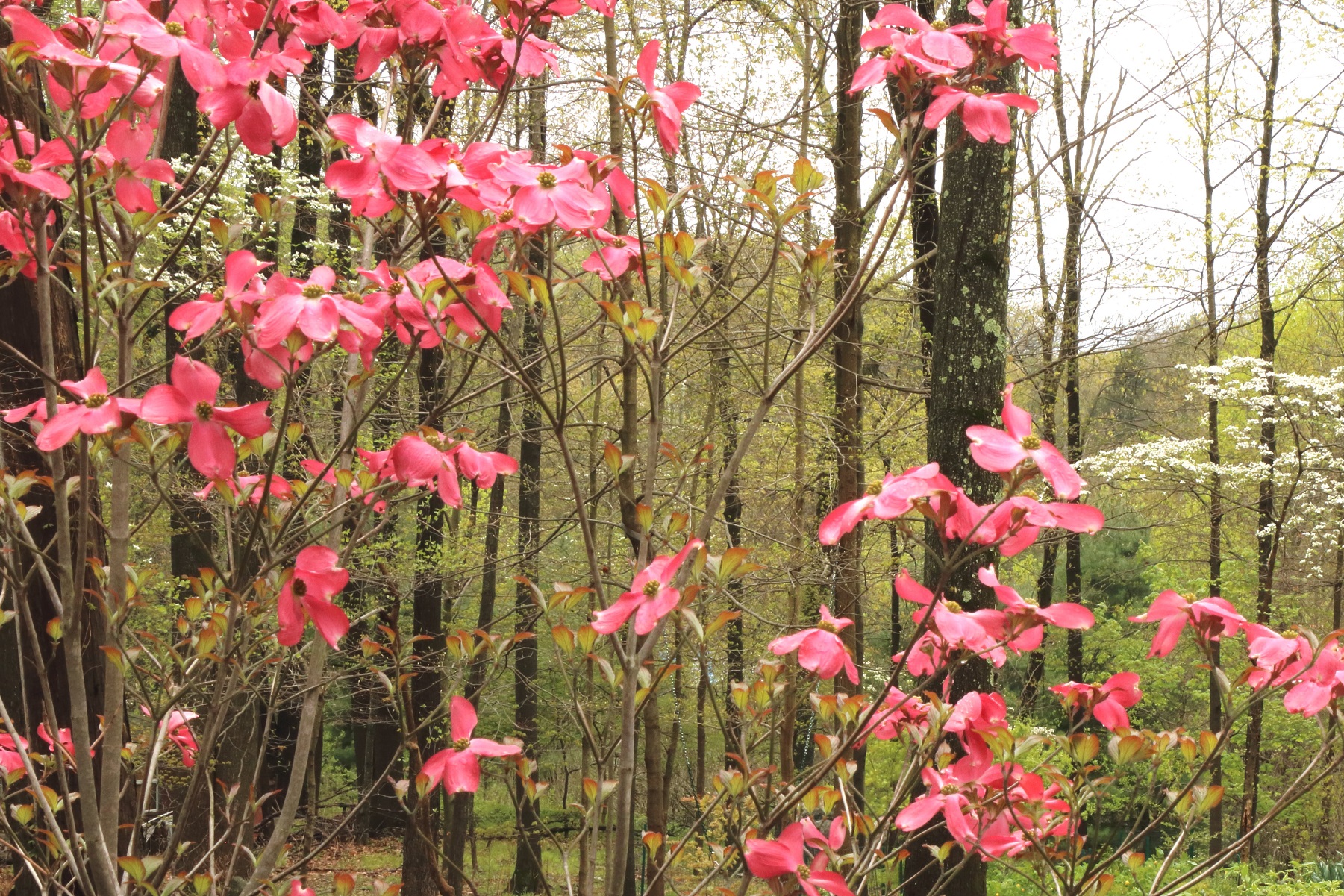
White Oak
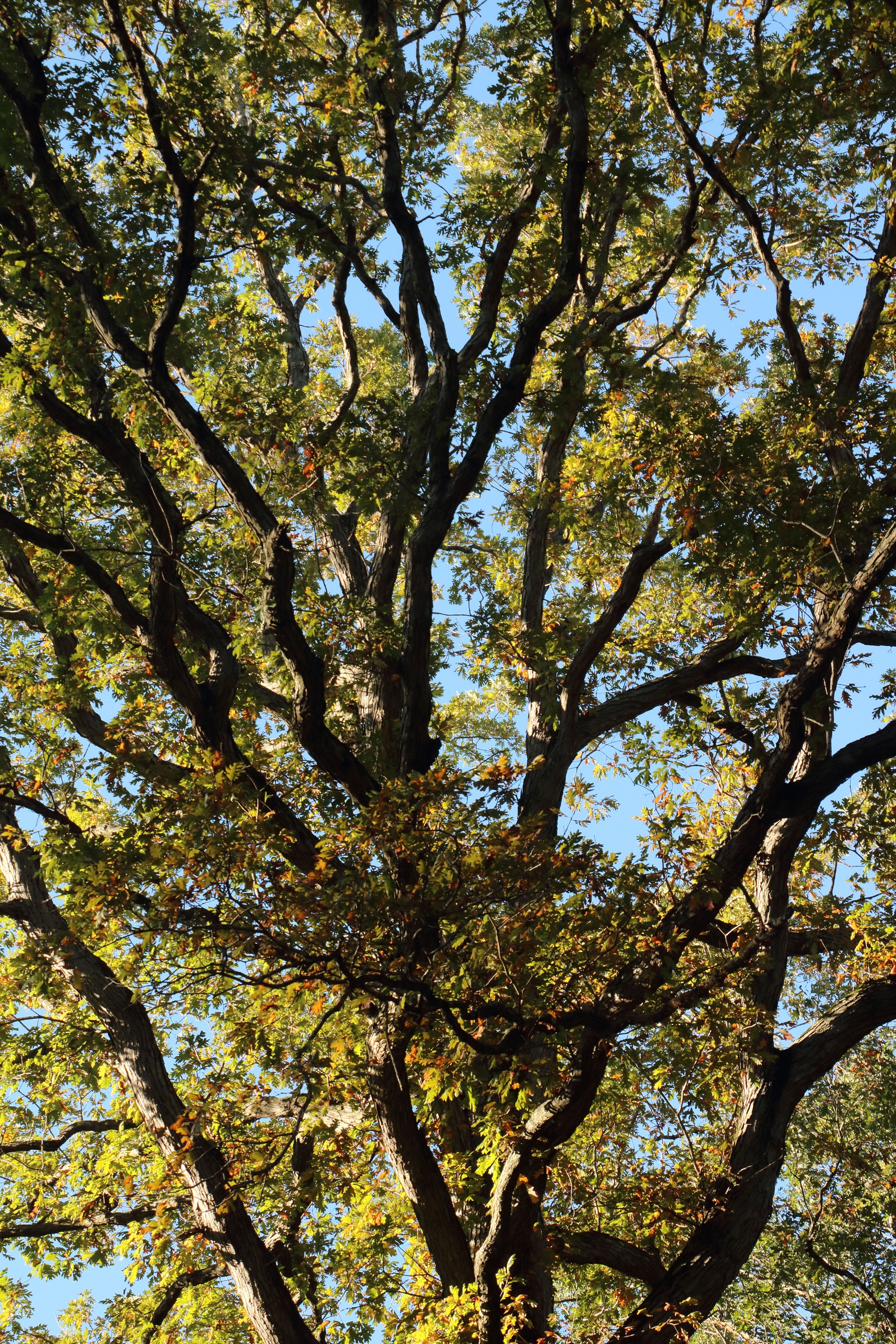
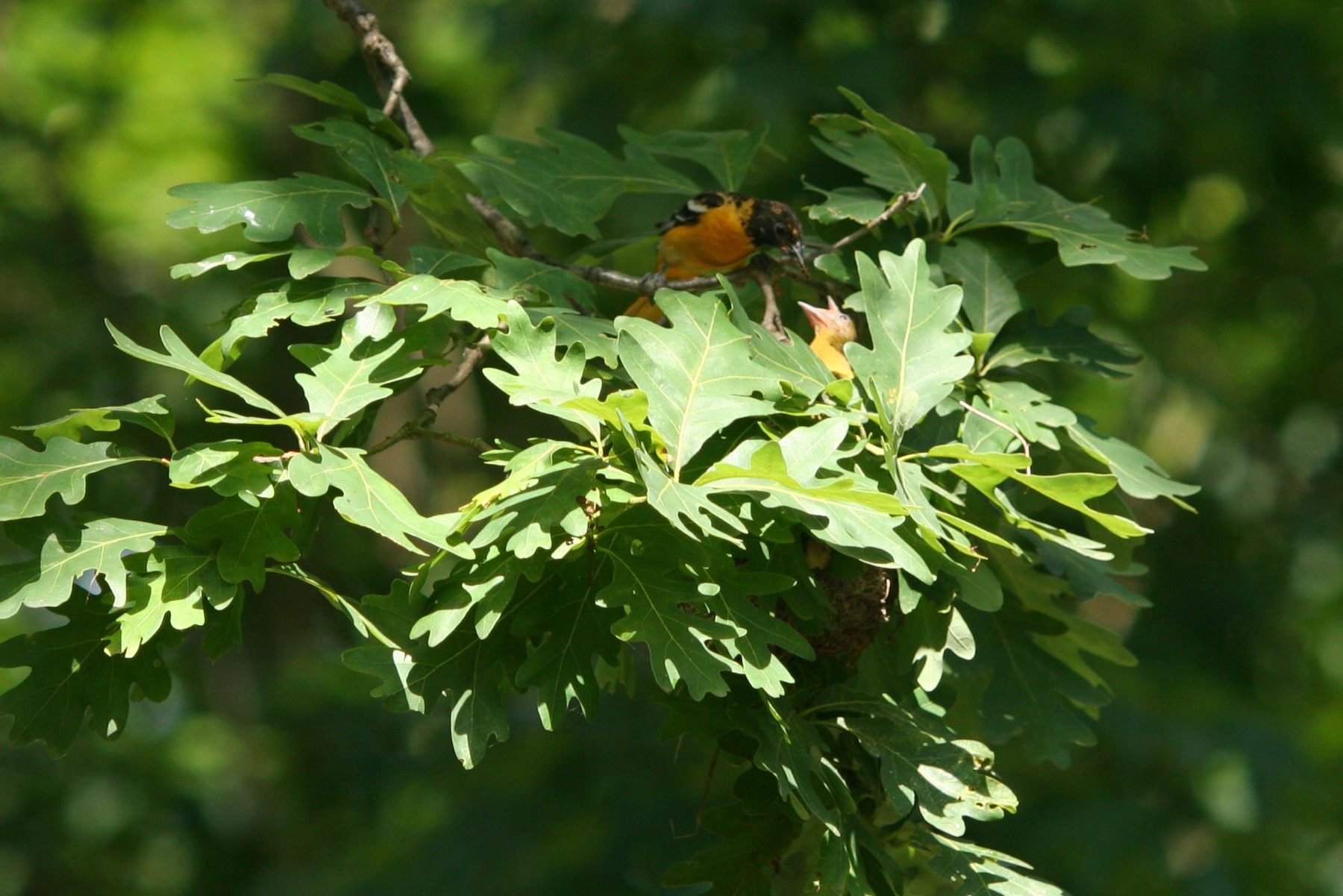
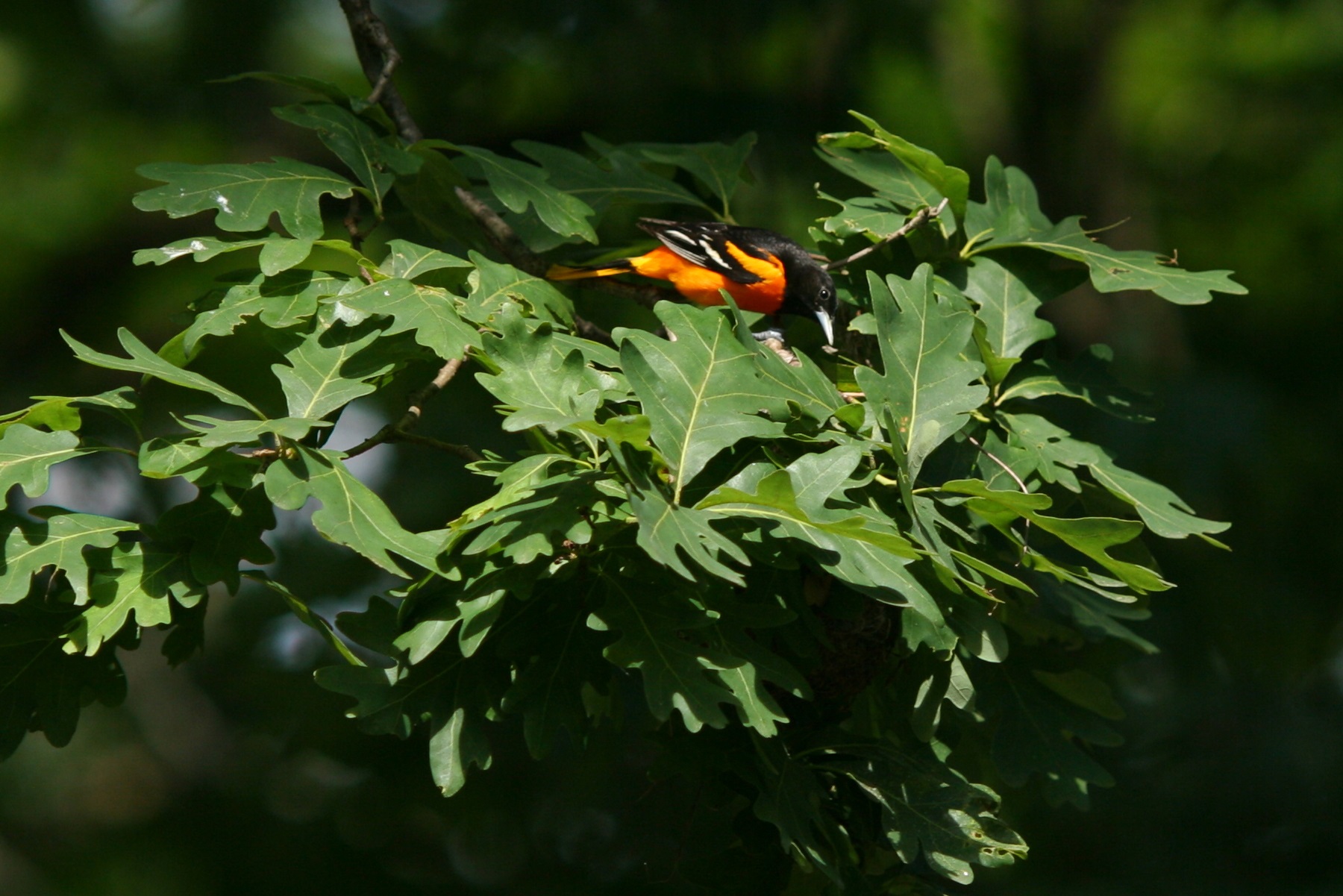
in White Oak
Red Oak
There are actually more Red Oaks than White Oaks in our woods. The leaves have pointy lobes and are larger than those of the white oak. The forest floor under red oak feels a bit darker than under white oak. Red Oak acorns are quite a bit bigger and have a cap that only covers a small portion of the acorn. Squirrels and Chipmunks love both kinds of acorns. There are big and small years concerning acorn harvest amounts, but unlike the hickories, some nuts are produced in literally every year, so oak is both a nutritious and reliable food source for wildlife.
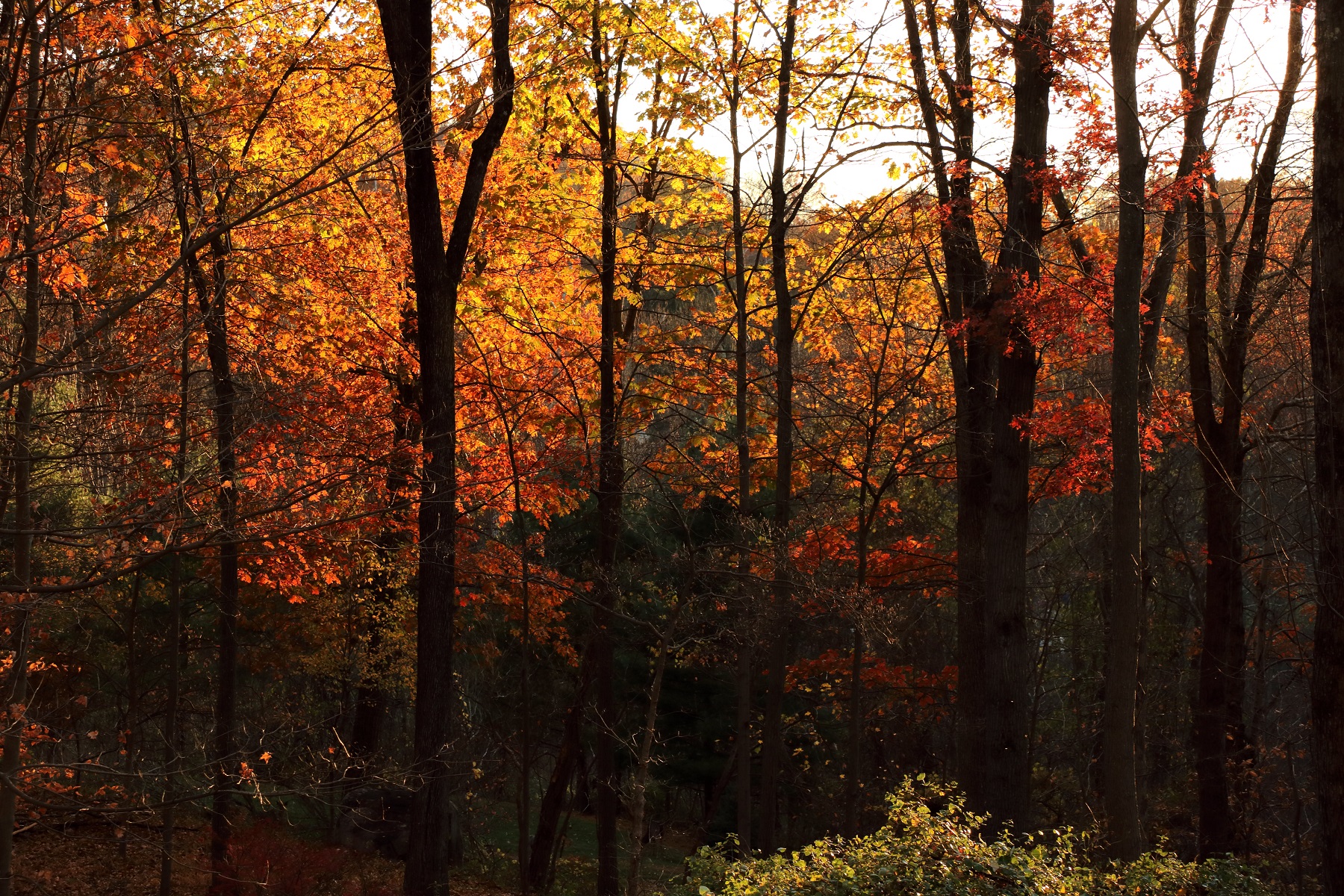
Sugar Maple
Sugar Maples are majestic trees. We only have a single mature individual of this species on the entire property, but luckily it is in a prominent spot near the house, where it can impress with it’s great shape. Sugar Maple has real multi-season interest. It blooms beautifully yellowish, followed by green leaves, tons of Samaras, and eventually great orange-red fall color.
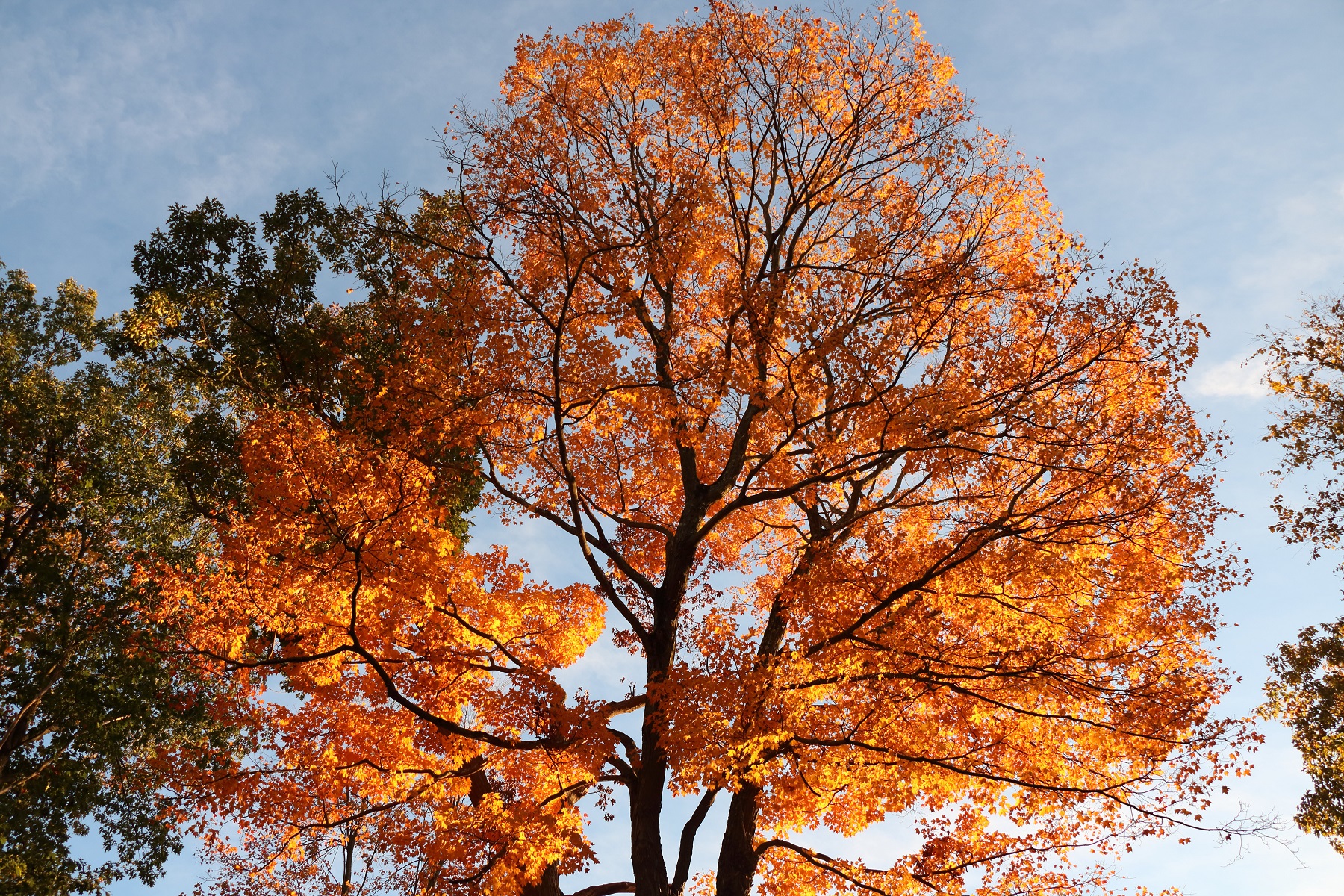
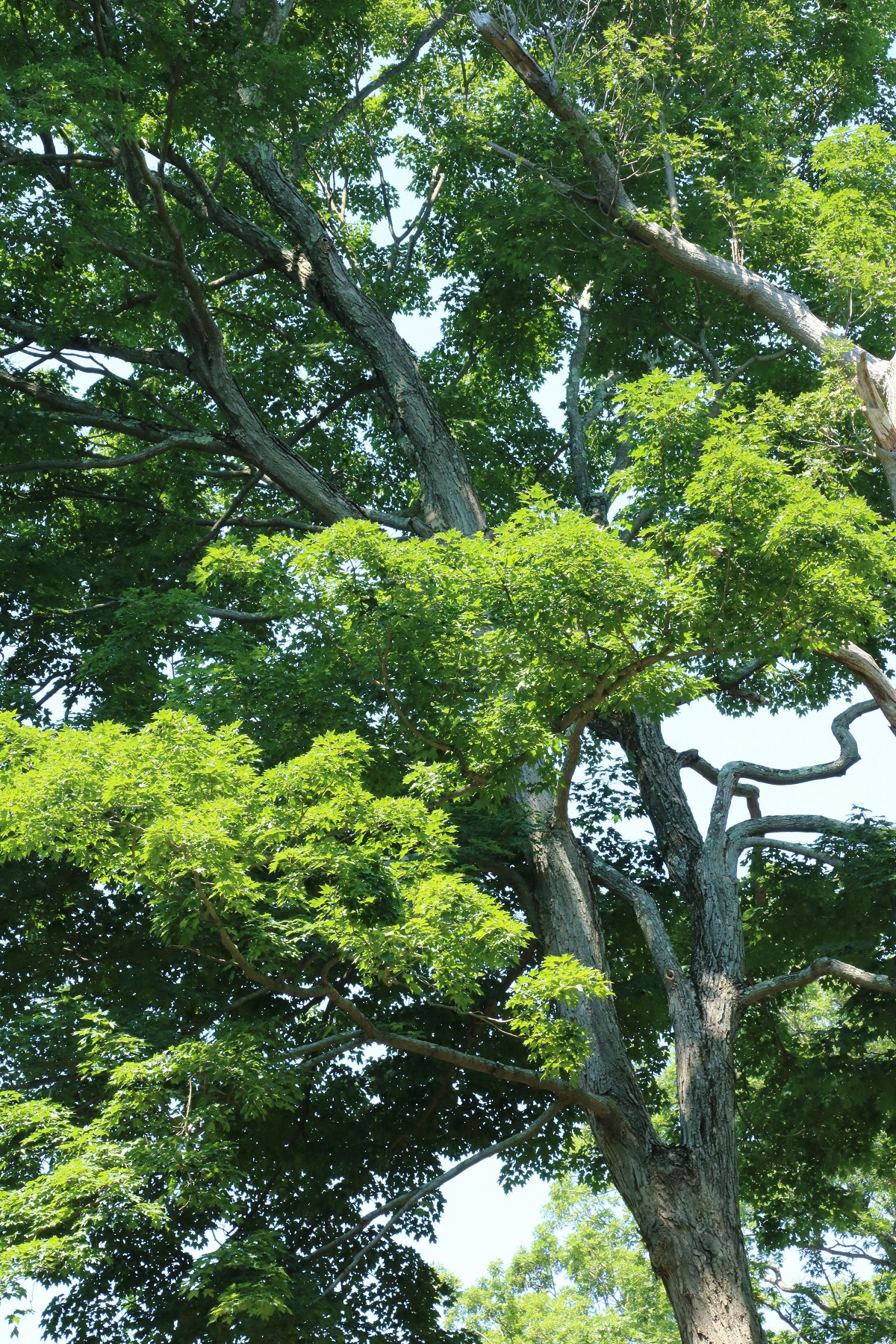
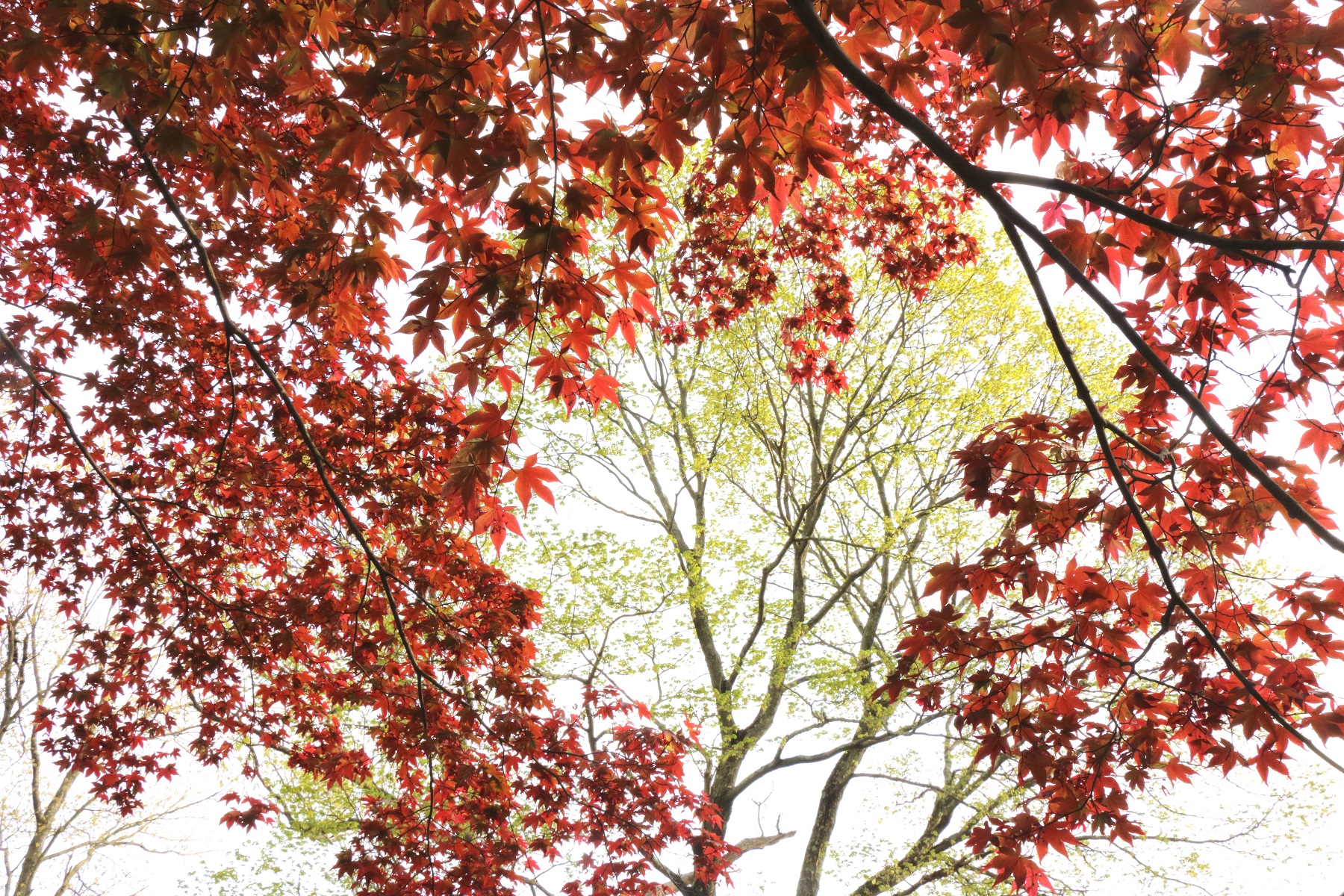
seen through Japanese Maple
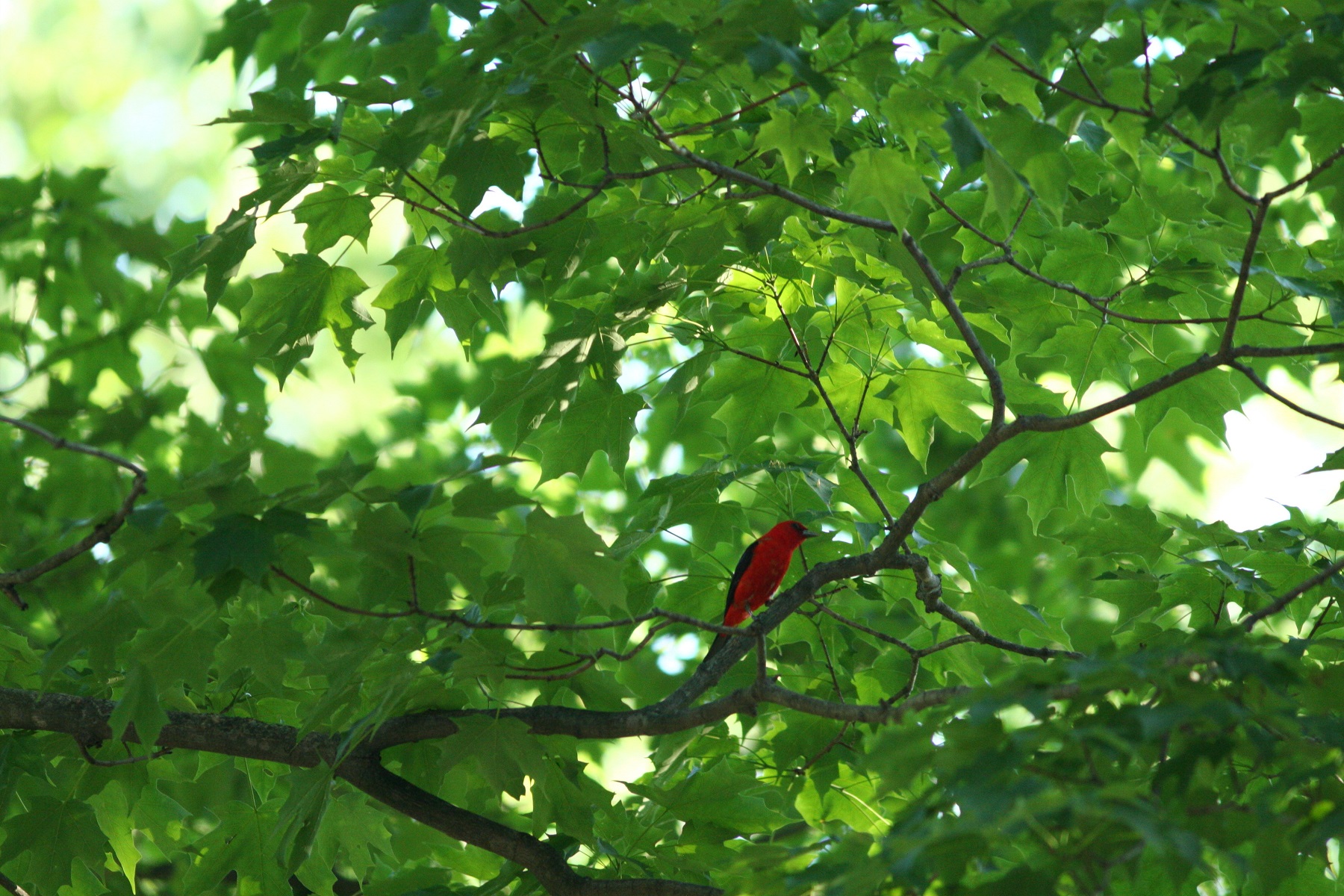
in Sugar Maple
Red Maple
Red Maple
Silver Maple
Silver Maple
Shagbark Hickory
The single (young) Shagbark Hickory on our property grows beautifully straight in an open area bordering the wildflower meadow. Probably less than 20 years old, it just starts to develop the characteristic shaggy bark. In one year we already had a great amount of nuts, but in others there were almost none. We like the fresh spring foliage and yellow fall color.
Like walnut, albeit to a lesser degree, hickories are allelopathic, meaning they produce toxins via their roots to suppress the growth of other plants around them. We do see less diversity in the growth of perennials under our hickories, but there are lots of species that do grow well in these spots, so that’s nothing to really worry about. We might even try to use this phenomenon in encouraging resistant plants that have a hard time competing with other perennials to grow with less competition there.
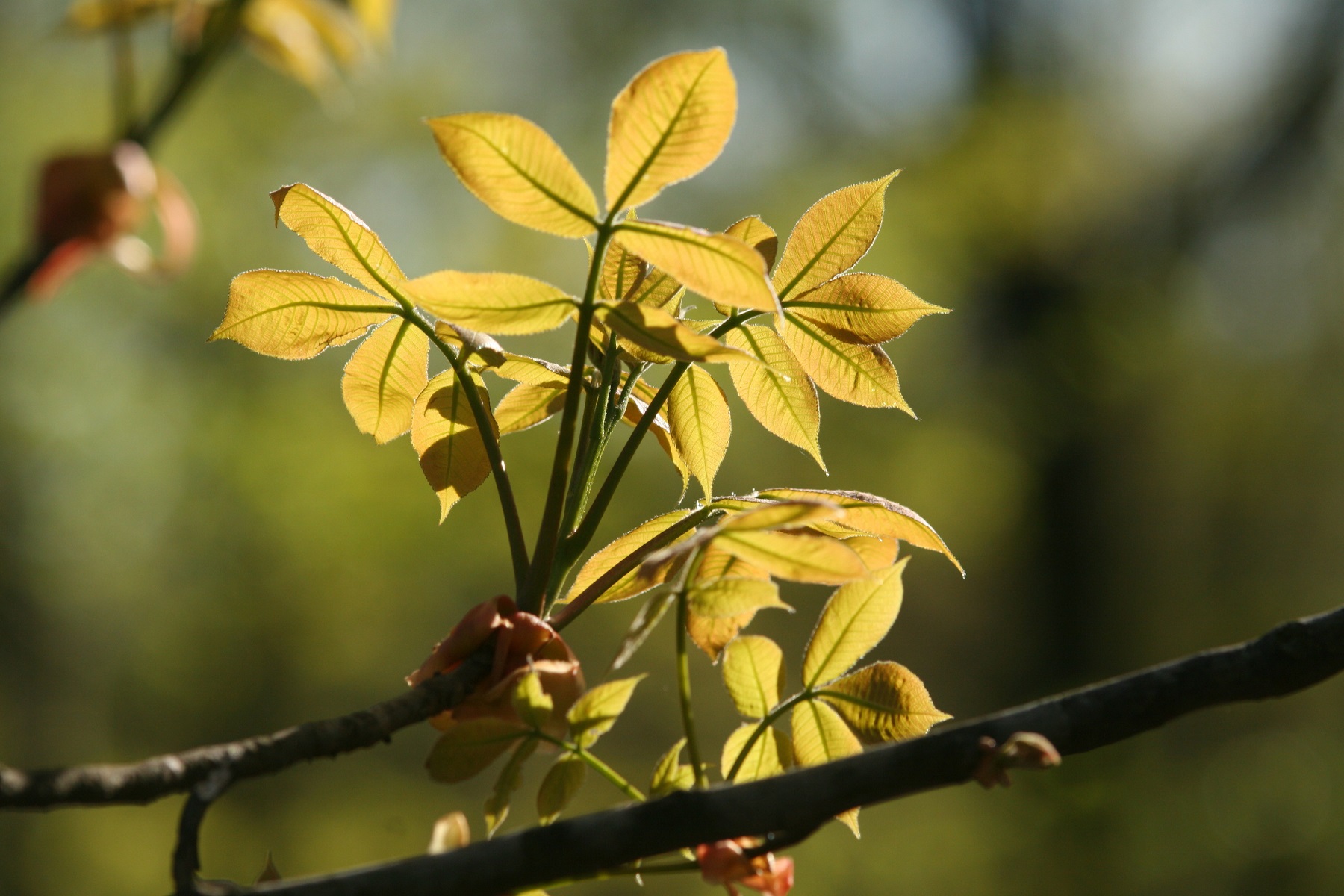
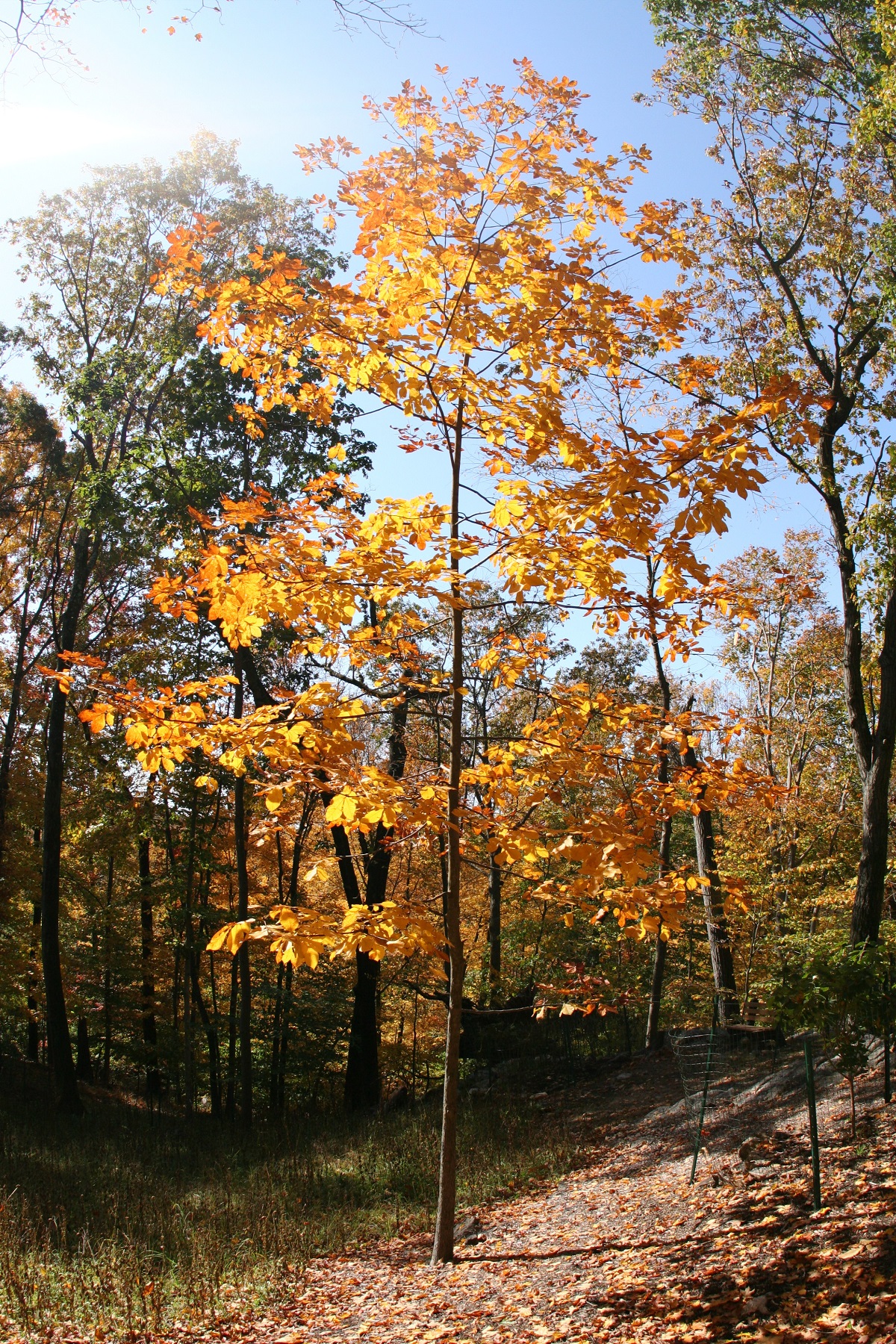
Pignut Hickory
Pignut Hickory
American Beech
Our attitude toward American Beech is somewhat ambivalent. On the one hand, American beech has outstanding autumn and winter interest. In autumn the brown leaves contrast beautifully with the tree trunks, especially after a rain when the trunks appear darker. In winter, the leafs remain on the tree and become more and more transparent, changing in color to silver. Only just before the new leaves appear in spring do the old leaves drop. The bark of beech is very smooth, unlike any of the other canopy trees.
On the other hand, beech has an extremely shallow root system, and getting anything else to grow under beech is extremely difficult. We are adding lots of soil below beech to get spring ephemerals, ferns, and sedges established, but they constantly have to compete with beech suckers that seem to sprout everywhere. The shallow root system is an asset on steep slopes, where beech is valuable in erosion control.
An interesting curiosity are the parasitic Beech Drops that feed on beech roots, without seriously injuring the trees.
Update 2023: Our beech trees have been doing quite poorly the last few years. A new disease affecting the American Beech has arrived in Westchester County: Beech Leaf Disease. Little is known about this serious disease. We hope the trees will survive, but right now their fate and the fate of all the animals that rely on them is in doubt.
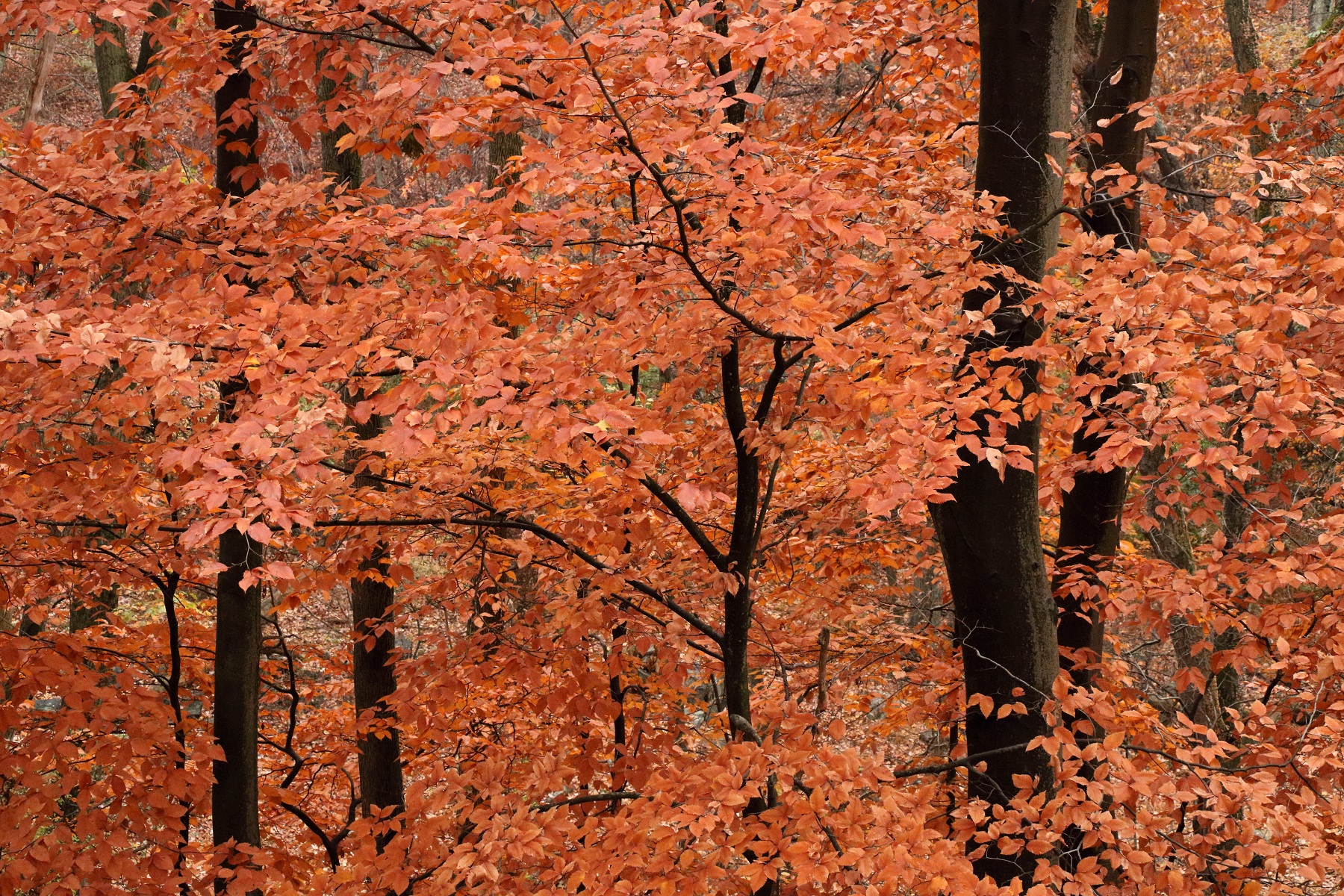
Black Birch
Black Birch
Tulip Tree
Tulip Tree